How Giant grew from a sundry shop in KL into the hypermarket chain it is today
As a kid growing up, I would often visit the Giant near my house. It had everything we needed for daily necessities—groceries to cook, hardware for the house, and restaurants to patronise when we felt like splurging a little.
But I’ve always wondered about its history and future prospects, especially since the one I used to visit seemed to be slowly deteriorating.
So to scratch that itch, I went diving into its story and found it more interesting than initially thought. (Spoiler alert: It’s getting a second chance to renew itself.)
It started as a family business
The story of Giant can be traced back to 1944, when Teng Sek How opened a sundry shop in Jalan Sentul, KL. This later expanded into the Teng Minimarket Centre (TMC) in Bangsar in 1974.
It’s said that back in the day, TMC served as one of the few main grocery shops in the area. And its prices were considerably cheaper than others, making it a staple store for residents.
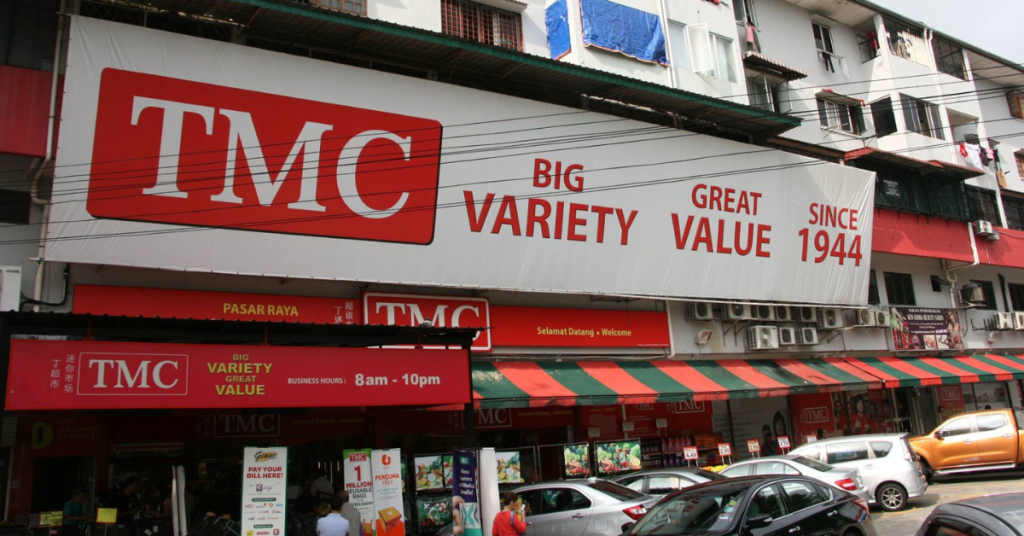
In fact, it was so well-known amongst those in the area that TMC was often referenced when discussing directions. Similar to how you’d point out your local Lotus’s or Aeon to friends visiting your area for the first time.
Following its success, the family launched Giant Supermarket in Kelana Jaya 38 years later. This marked the beginning of the Teng family’s ongoing legacy in the Malaysian supermarket industry (but that’s a story for another time).
By 1984, Giant TMC Berhad was incorporated, and a couple other branches were opened. Namely Giant Superstore in Ulu Klang, Giant Hypermarket in Plentong, Giant Supermarket in Ampang Point, and Giant Supermarket in Penang Plaza.
But it wasn’t until Dairy Farm International Holdings (DFI Retail Group), a Hong Kong-based retail company, acquired 90% of Giant TMC Berhad’s shares in 1999 that the chain grew into what it’s known as today.
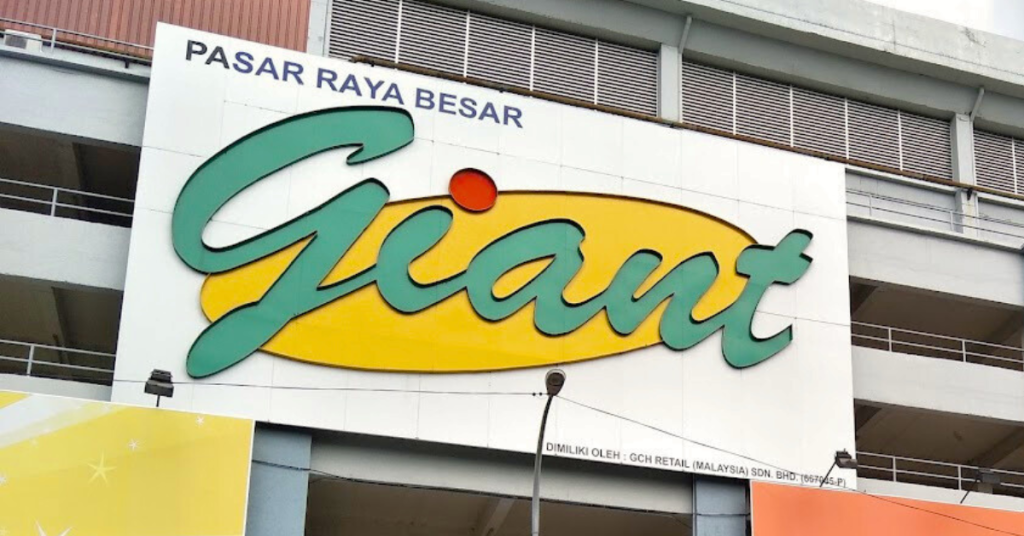
By 2001, the Teng family had divested the remaining 10% to DFI Retail Group and started new ventures, like HeroMarket grocery chain.
It became an actual retail giant
Not long after that in 2000, Giant entered neighbouring Singapore’s market via its first outlet there at IMM mall in Jurong. It flourished as well and became a mainstay to residents.
By 2003, the holding company for Giant changed its name to Dairy Farm Giant Retail Sdn Bhd. At this point, DFI Retail Group had already purchased the Singaporean-born supermarket brand, Cold Storage.
Under DFI Retail Group’s subsidiary, GCH Retail (M) Sdn Bhd, Giant began expanding rapidly in various parts of Malaysia. Yes, including Sabah and Sarawak.
During its peak, the grocery store brand reportedly had 147 outlets around the country (in 2014). This number has since been reduced to 80 branches in Malaysia (based on its website), including its minimarts called Giant Mini.
On the other hand, its Singapore branches (which were also managed by GCH Retail (M) Sdn Bhd), has over 50 outlets on the island. Quite a large contrast considering the size difference of the two countries.
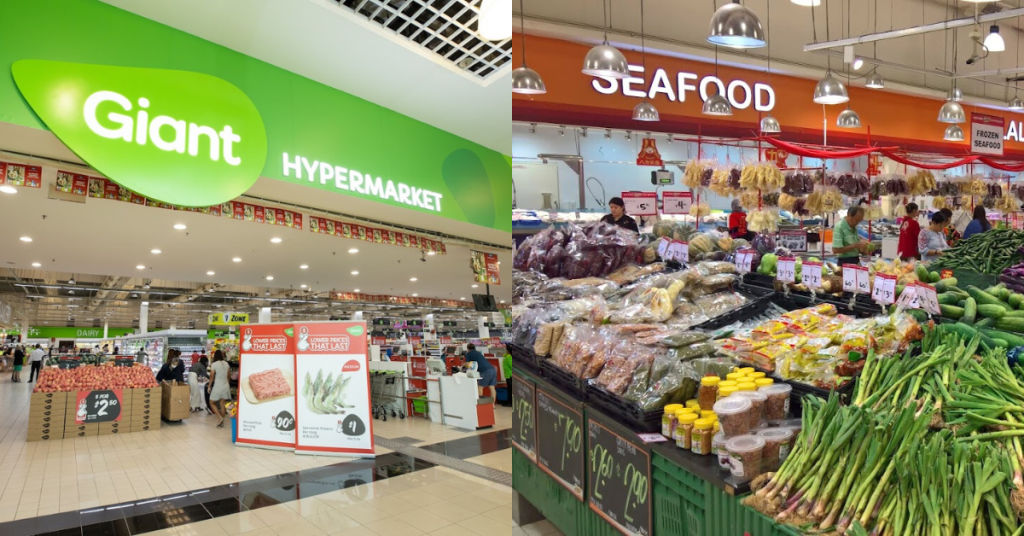
The supermarket chain had also expanded to Brunei, Vietnam, Indonesia, and Cambodia at some point in its history. But they were either shut down or sold off to others as part of DFI Retail Group’s five-year restructuring plans.
Then things went a little south
Back in 2018, it was reported by Food Navigator Asia that DFI Retail Group’s CEO, Ian McLeod, said these actions were taken because the Group believed these outlets’ performance was unlikely to improve.
“Action was taken in the fourth quarter to close a series of loss-making stores in Indonesia, Singapore, and Malaysia. And a major clearance exercise was undertaken across Southeast Asia to liquidate excess old stock, predominantly in general merchandise.”
According to Inside Retail, the Group’s five-year restructuring plans were focused on:
- Growing in China
- Maintaining strength in Hong Kong
- Revitalising Southeast Asia
- Building capability, and
- Driving digital innovation
The CEO also shared, “We have significantly underinvested in digital (people and technology) and as a result are behind the curve.”
In comparison, one of Giant’s main competitors, Tesco (now Lotus’s), had set up its ecommerce platform in 2013.
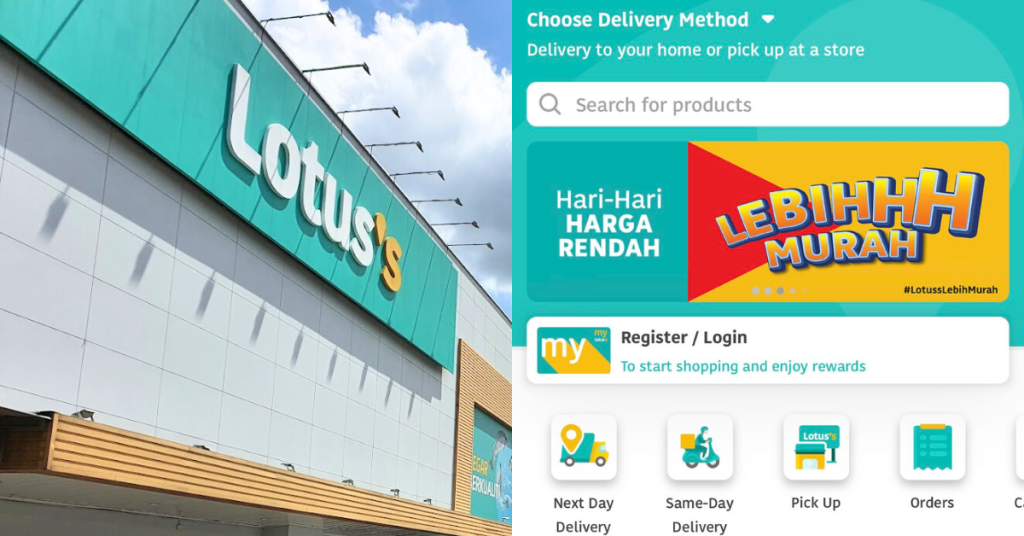
As part of the restructuring plans, Giant underwent a complete makeover in 2019.
“The new concept was designed to create a modern shopping environment in our stores and more product diversity to better serve the needs and wants of the customers,” a spokesperson for Giant shared with Inside Retail.
“The fresh new look of these stores are a testament to Giant’s commitment to constantly reinvent to provide communities with a greater variety of fresh and quality products at the best value and cultivate a more sustainable society.”
However, it was found that GCH Retail (M) Sdn Bhd had been suffering four consecutive years of net losses from the financial year ended Dec 31, 2014 (FY14). The Edge further reported that it experienced lower sales and profit in the first quarter ended March 31, 2019 (1QFY19).
As part of its reorganisation of its operations, GCH Retail (M) Sdn Bhd exited Sabah and Sarawak in 2019. But instead of closing down its outlets there, the group transitioned its outlets to established local brands.
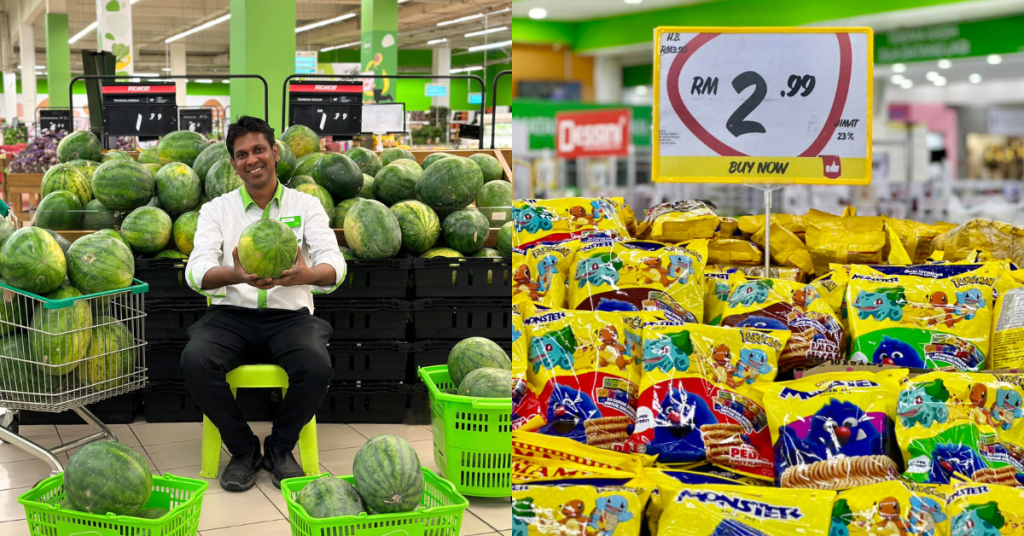
Will Giant be a retail giant again?
Fast forward to this year in February, it was announced that DFI Retail Group had signed an agreement with Datuk Andrew Lim to buy its food businesses in Malaysia.
This included the household Giant brand, as well as Cold Storage and Mercato and their 25,000 team members who currently support the food business.
“By bringing these businesses together, under experienced local ownership, both customers and team members will continue to benefit from the positive changes that have taken place in recent years,” DFI Retail Group said.
“Forging an exciting platform for future growth through deep market knowledge, brand investment, and competitive strength.”
Once the sale is completed, the three brands in Malaysia will be operated by Datuk Andrew Lim’s retail group called Macrovalue Sdn Bhd.
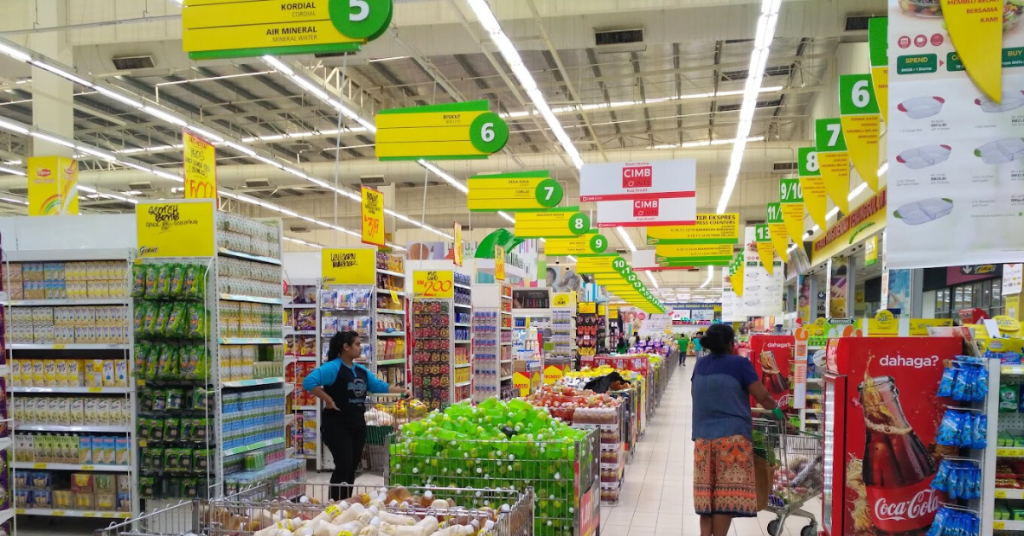
The total sum upon the agreement was undisclosed, but it’s understood that Affin Bank Bhd is the financier for the deal while Affin Hwang Investment Bank Bhd is the adviser.
It’s said that Datuk Andrew Lim has a reputation for being somewhat of a turnaround specialist. Back in 2002, he bought over the ailing SOGO department store in KL and turned the business around within a year of taking over.
As such, it would be interesting to see how this lawyer-turned-entrepreneur plans to improve the Giant brand. Especially since he has 21 years of experience in operating the local SOGO department stores.
Personally, I believe the first step would be to consider digitalising the brand with an e-grocer, the way many of its competitors have already done.
After all, consumers are shifting to hybrid and online shopping for daily necessities. So while smaller grocery retailers are still able to survive without an ecommerce arm, bigger giants like Giant would probably benefit more from having one.
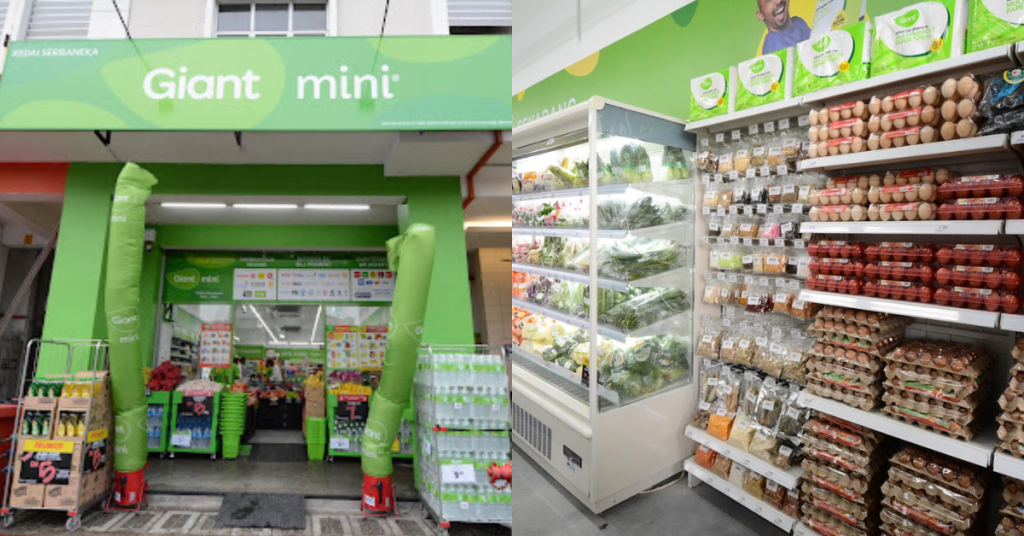
- Learn more about Giant here.
- Read articles we’ve written about Malaysian startups here.
Featured Image Credit: Giant
For all the latest Life Style News Click Here
For the latest news and updates, follow us on Google News.
